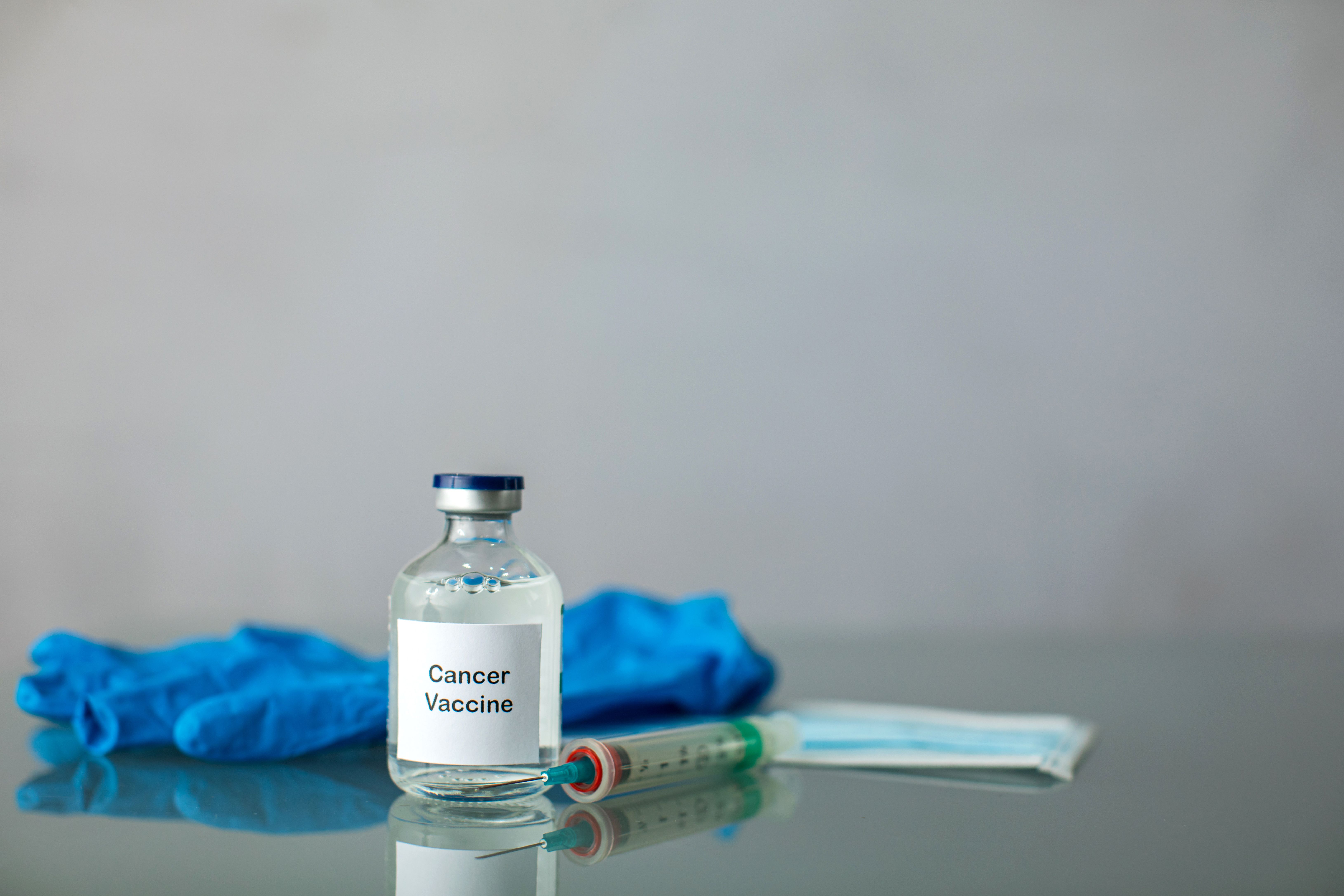Video
Considerations of a Multidisciplinary Tumor Board
Transcript:
Philippa Cheetham, MD: We’ve heard about different types of MDTs [multidisciplinary teams] in Cure Connections® managing other cancers, and that sometimes these meetings allow experts to discuss management issues. But some MDTs have other people in the room who are not doctors. Do you have people who are experts in managing lung cancer who may offer other services, or is it all just medical people talking about management? For example, do you have nurses in the room, radiographers, or social workers? Or is that not part of your setup?
Leora Horn, MD, MSc: We absolutely could not function without our nurses and nurse practitioners. Many of those people also come and sometimes remind us what was discussed. Because when there are multiple patients being discussed, we go back and say, “What was the final plan here?” We couldn’t make it through without the nurses and nurse practitioners who come. There are also some folks who do research in lung cancer, but may not necessarily be treating lung cancer patients, who want to come and hear what everybody is talking about.
Philippa Cheetham, MD: Now, we’ve heard about how an MDT seems to be very much par for the course in academic centers, centers of excellence, where guidelines are always changing and there are new treatments. Do you discuss clinical trials for patients at these meetings? Is that part of the management options for patients?
Leora Horn, MD, MSc: That always comes up. If we hear cases, we might say, “Well, hey, this patient is eligible for a clinical trial,” and we’ll mention what trial they’re eligible for. That’s also very useful because we have a lot of community sites that are affiliated with Vanderbilt, and sometimes those doctors will come to our tumor board and discuss their cases. We’ll let them know, “You can give this to them at home, but here’s something different that we may have to offer at the main campus.”
Philippa Cheetham, MD: So, this is what you do all day, every day. You manage lung cancer. You talk together about different treatment options and what’s best for the patient. Do you think this is fairly a standard of care across America for patients who may not be in a center of excellence? Are there cases being discussed in their team meetings? When you talk to colleagues in community hospitals, are they getting this kind of feedback with colleagues in a formal setting like an MDT? Or is this really just unique to a center of excellence?
Evan C. Osmundson, MD, PhD: I think most facilities that deal with cancer patients have some form of a tumor board. That may be staffed with a medical oncologist, a radiation oncologist, or a radiologist who really focuses on all types of cancer. I’d say the advantage of a place like Vanderbilt, or another center of excellence, is that this is what we do all day. We understand the nuances of the literature of the clinical trials. And not all patients have access to that. That said, I think it is very important that other centers do have multidisciplinary tumor boards with the physicians they have who are often very well trained, but are just not disease-site specific.
Philippa Cheetham, MD: Do you find, Dr. Sandler, that some patients have scans done where they may have been asked to have a CT scan of the chest performed, but the cuts, the angle, or the specifics don’t really allow you to get the correct interpretation? Do they need to be repeated?
Kim L. Sandler, MD: Absolutely. With a non-contrast CT scan of the chest that we were talking about earlier, in terms of looking at early-stage lung cancer and trying to make that diagnosis, slice thickness is absolutely essentially. We do all of our chest imaging with 1 mm thick slices, but only a few years ago it was almost standard of care to do a 5-mm thick slice. So, when you’re talking about nodules that can range anywhere from 4 to 8 mm at the earliest signs of lung cancer, that makes a really, really big difference.
It’s not only just the slice thickness. We also do imaging of the chest for various reasons. Patients may have problems with their heart, or other things in their lungs that are abnormal, and had a CT scan done for other reasons. But, in doing that scan, they’ve seen something that is now suspicious for lung cancer. Sometimes that initial study is not adequate, and we review outside imaging. I would say on a daily basis. We often look at outside imaging studies at tumor boards, and we’ll discuss whether or not that study is adequate. If it’s time, like Evan mentioned, we repeat it for either a technical problem or because it’s just been too long since the patient had that exam.
Philippa Cheetham, MD: We’ve heard a lot about these newer scans that are coming in with these more sophisticated PET CTs. It’s not easy to keep up with all the new imaging technology with different nuclear medicine techniques and PET scanning. Do you think that we’re going to move away from doing CTs only? Do you think these more sophisticated scans are going to be used to increase sensitivity and specificity?
Kim L. Sandler, MD: I think imaging like PET, where you’re looking at metabolic activity, has a place. It can be very challenging, particularly in the southeast where we practice, where we have a lot of different fungal diseases. And fungal disease can often mimic cancer and complicate the cancer if we’re looking at metabolic activity, as opposed to more of an anatomic scan. So, I think that it’s important to know when to get the study. I think that there are things like PET CT that have helped enormously. We’re moving now to PET MRI that can give us a different type of information. But sometimes, having that study done at the wrong time can actually make the picture more complicated, rather than adding information that can help to make a diagnosis.
Transcript Edited for Clarity


